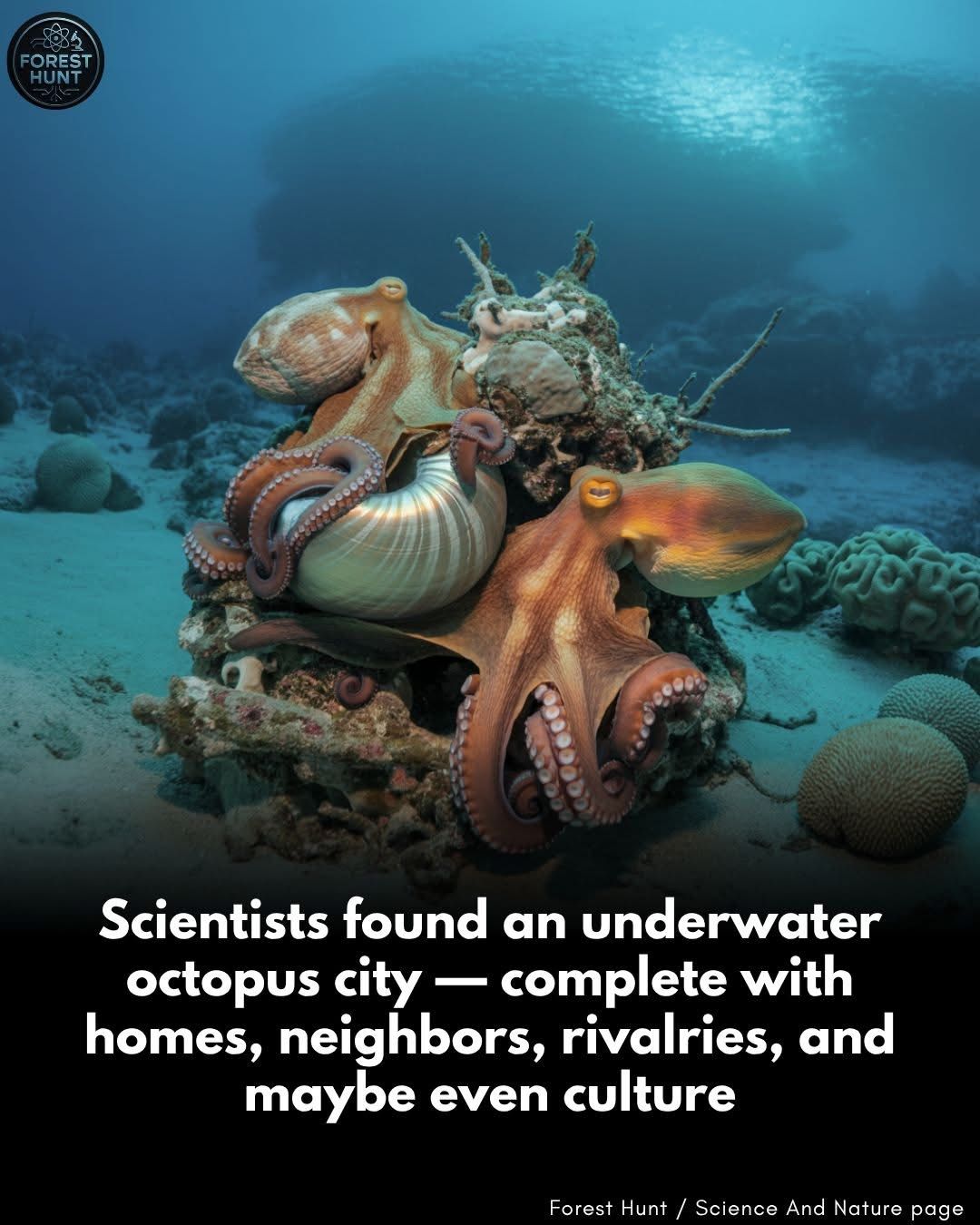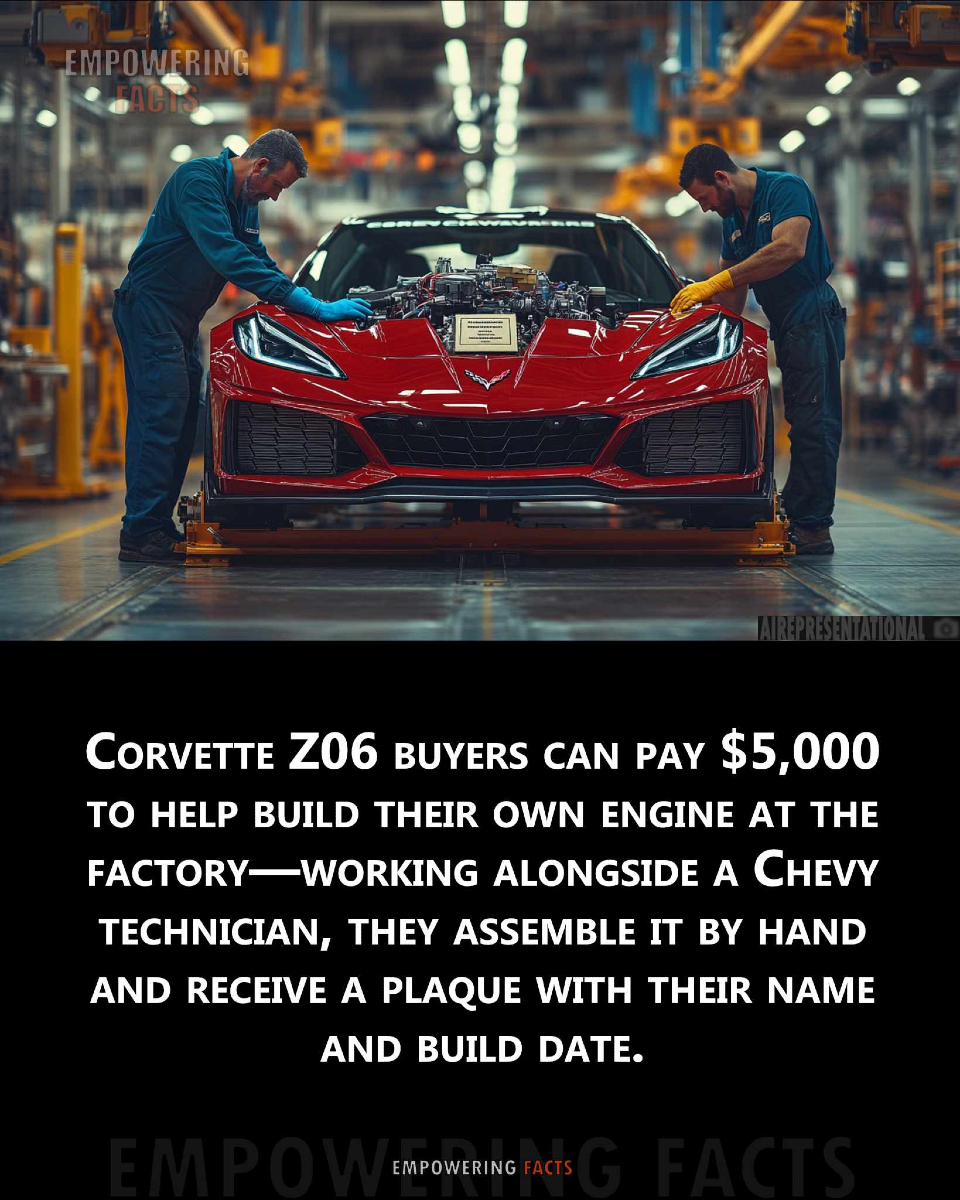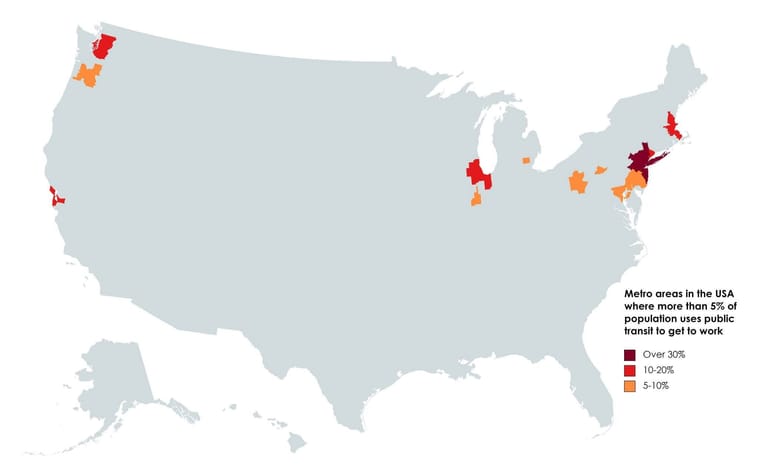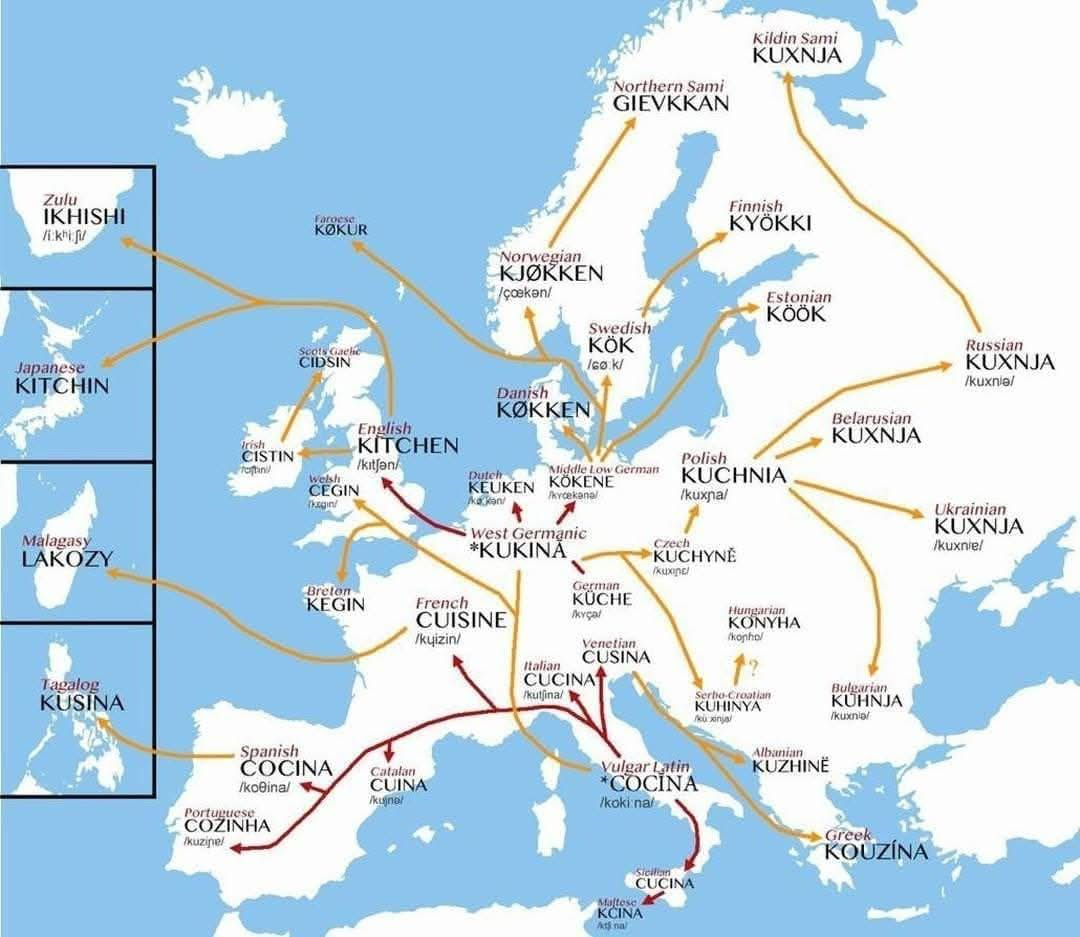Mildly interesting
-
Siskel and Ebert review Jaws, 1975.
Link to video -
A giant octopus civilization may have emerged under the sea — and it’s not what scientists expected
Off the coast of Australia, marine biologists recently discovered something that defied decades of assumptions: a massive, organized group of octopuses living in a dense underwater community — sharing space, arranging rocks, and even using tools. Nicknamed “Octopolis” and “Octlantis,” these settlements are rewriting what we thought octopuses were.
Octopuses have long been considered antisocial loners — solitary predators with short lifespans. But these sites, found in 2012 and revisited with deeper cameras in 2024, revealed over 20 individuals living together in stone “apartments,” arranging debris to form barriers, and even signaling each other with skin color pulses.
Footage shows octopuses stealing, retaliating, cooperating to fend off predators, and even engaging in what seems like ritual courtship displays — far more complex than previously thought. They aren’t just surviving — they’re structuring space, behaving territorially, and possibly even forming alliances.
Researchers are hesitant to use the word “culture,” but what else do you call a species modifying its environment, developing social behavior, and showing learning across generations? Especially when it’s done without bones, vocal cords, or language?
Even more incredible: these octopuses may have created their habitat using discarded scallop shells and human litter — turning our waste into building material. In a strange way, they’ve adapted to the Anthropocene faster than many mammals.
Now, biologists are deploying AI-powered submersibles to monitor interactions, hoping to catch evidence of teaching or long-term pair bonds. What we’re witnessing may not just be strange animal behavior — but the rise of another form of civilization, deep beneath the waves.

-
In a low pressure environment (e.g., a vacuum), a drop of water hitting a hard surface would produce no splash.
Link to video -
The living hell of Boston public transport is presumably less awful for 20% of the population than the living hell of Boston traffic.
-
For some Corvette Z06 owners, driving the car isn't enough—they want to build part of it themselves. Chevrolet offers this opportunity through its Engine Build Experience, a $5,000 program that invites Z06 buyers to the Performance Build Center in Bowling Green, Kentucky. There, owners don gloves and tools to assemble the 5.5-liter LT6 V8 engine that will power their future car.
Under the guidance of a GM master technician, participants follow the same meticulous procedures as factory workers. This isn't a symbolic handshake—they actually install key components like pistons, valves, and cylinder heads. It’s a slow, precise process that can take a full day or more, but it turns a machine into something much more personal.
Once completed, the engine is fitted with a special plaque that includes the owner's name and the date of assembly. It becomes a permanent part of the vehicle—a small badge of pride and proof that the owner helped bring their supercar to life. For some, this hands-on moment is as thrilling as hearing the LT6 roar for the first time.
The program adds something money usually can't buy: a direct connection to the machine. It bridges the gap between consumer and creator, giving the Corvette experience an even deeper level of meaning. ️
️

-
Yes, the Comanche Nation has officially recognized Indian marker trees, with one notable example being a pecan tree in Holliday, Texas. This tree, located at Stonewall Jackson Camp #249, was identified after six years of research and was officially dedicated as a Comanche Nation marker tree in 2018 .
These marker trees were intentionally shaped by Native Americans, often by bending young saplings to grow in specific directions. They served as navigational aids, pointing to water sources, hunting grounds, or burial sites . The Holliday tree is one of only nine officially recognized marker trees in Texas .
The recognition of such trees is part of a broader effort to reclaim and preserve Native American history and cultural practices .
-
The T is miserable. I only took it once, but I had a personal chauffeur. Once was enough.
I did ride with Phibes one night. I think I’ve related the comedy of us trying to find our way downtown.
@Mik said in Mildly interesting:
I did ride with Phibes one night. I think I’ve related the comedy of us trying to find our way downtown.
People assumed I could find my way around Boston because I lived 30 miles away, but you've probably spent more time there than I have.
Nowadays I get hopelessly lost in Providence, but my daughter can drive around it no problem.
-


 The greatest space prank in history? It belongs to astronaut Owen Garriott.
The greatest space prank in history? It belongs to astronaut Owen Garriott.
It happened back in 1973, aboard the American Skylab space station. Garriott wasn’t just a brilliant astronaut — he was also a first-class prankster. And what he pulled off with a cassette recorder deserves a place in cosmic folklore.
Before the mission, Garriott had packed a little something extra: a cassette recorder. On it, his wife Helen had recorded a few lines — part of a top-secret prank planned just for Flight Controller Robert Crippen back at Mission Control.
One day, during a routine transmission, Garriott took his position by the transmitter... and hit play.
 : “Skylab, this is Houston. Do you read?”
: “Skylab, this is Houston. Do you read?”
 : “Good afternoon, Houston. This is Skylab.”
: “Good afternoon, Houston. This is Skylab.”
A woman’s voice. From orbit.
There was silence on the line. Then a hesitant voice from Earth:
🧑 : “…Who is this speaking?”
: “…Who is this speaking?”
 : “Hi Robert. It’s Helen, Owen’s wife.”
: “Hi Robert. It’s Helen, Owen’s wife.”
A longer pause. Then Crippen — clearly panicked — responded:
🧑 : “…What are YOU doing up THERE?!”
: “…What are YOU doing up THERE?!”
 : “Oh, I just thought I’d bring the guys something to eat. It’s all fresh and homemade.”
: “Oh, I just thought I’d bring the guys something to eat. It’s all fresh and homemade.”
 And then — radio silence. Total confusion.
And then — radio silence. Total confusion.
Mission Control froze. For a full minute.
Then... the line cut out. Likely because Robert Crippen’s nerves couldn’t take it anymore.
 To this day, it remains one of the most legendary pranks in space history.
To this day, it remains one of the most legendary pranks in space history.
Proof that even in orbit, astronauts carry a good sense of humor. -
Henry VIII of England, who reigned from 1509-1547, had people who were called "Grooms of Stool" whose job it was to wipe his butt. He had 4 such people during his reign, all of whom were knighted. He may have hated most of his wives, but he took care of his butt wipers.
Henry VIII of England, is infamous for his six wives and ruthless political maneuvering, but one of the more bizarre aspects of his court was the role of the Groom of the Stool. Despite the humorous title and rather intimate job description, assisting the king with his toileting, the position was one of incredible trust, influence, and prestige.
The Groom of the Stool was responsible for managing the king’s personal hygiene, including wiping his rear after using the royal close stool (a portable toilet). But the role went far beyond that.
These grooms had unparalleled private access to the king, and because of the time spent in such close quarters, they became trusted confidants and even political advisors. The intimacy of the role created an unusual path to power, every Groom of the Stool during Henry’s reign was eventually knighted.
In total, Henry VIII had four men serve in this position, including Sir William Compton and Sir Anthony Denny. Far from being laughed at, they were envied. In a court where access to the monarch was everything, the Groom of the Stool was arguably closer to Henry than anyone. He may have sent wives to the executioner, but he certainly looked after his butt wipers.





